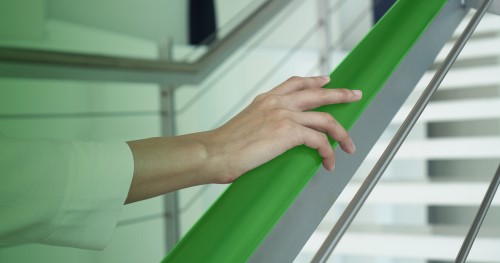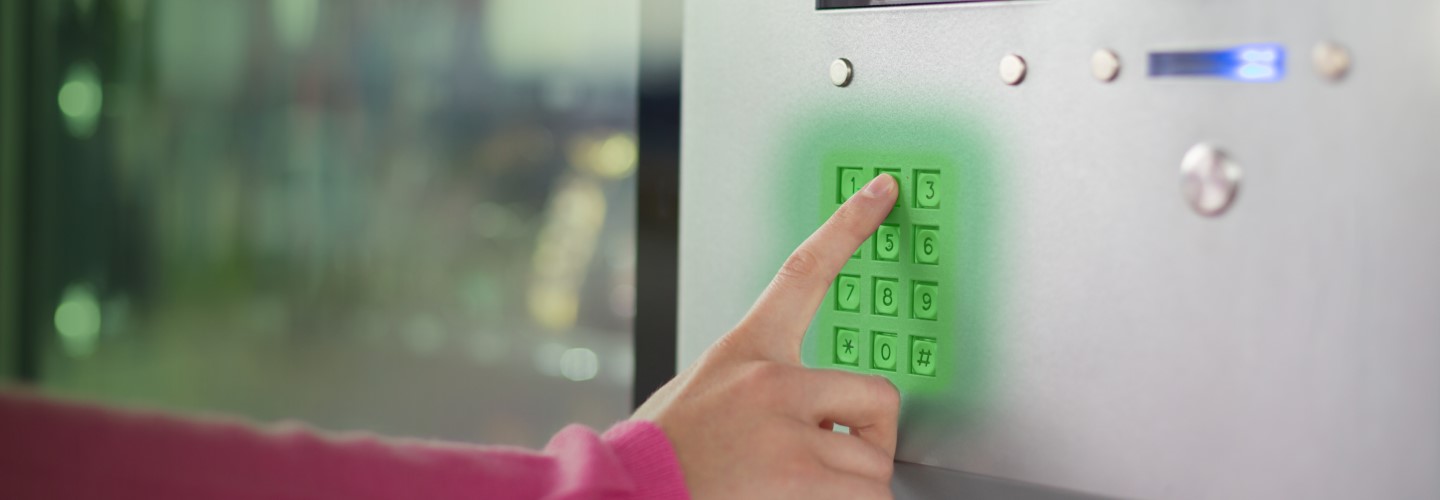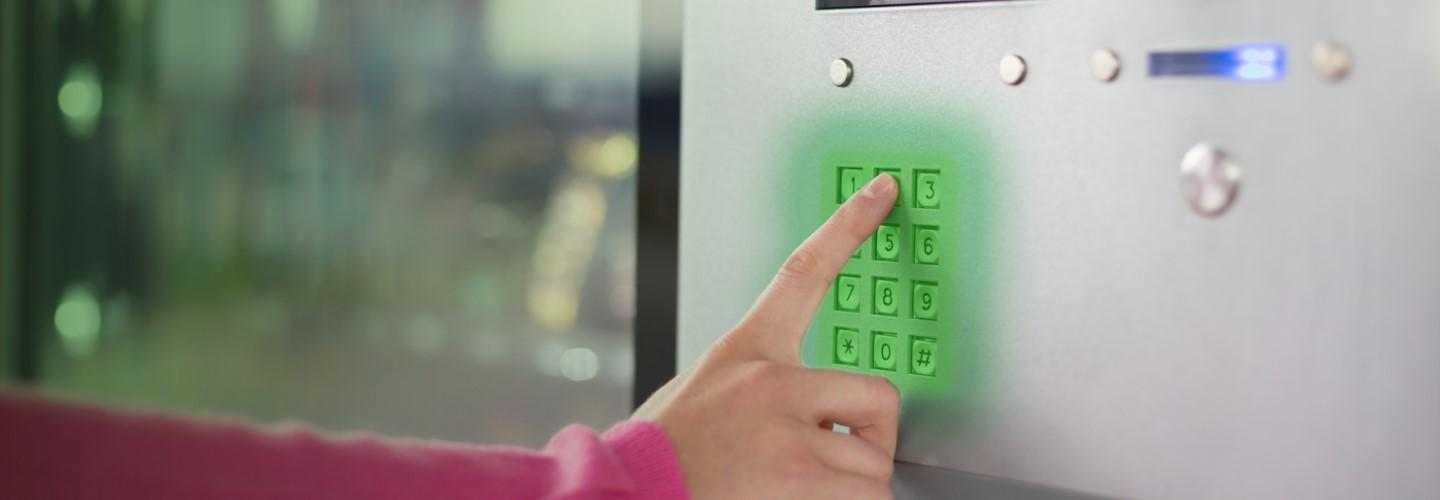In a previous blog article, we listed the potential benefits and limitations when using long-lasting disinfectants for the disinfection of high-touch surfaces in different facilities. But not all products with residual efficacy claims use the same technology or work in the same way. In this article, we help understand the technology of such a product, the efficacy claim, and how it can help to reduce the risk of infection in a facility.
5 key characteristics to consider when choosing a long-lasting disinfectant
When disinfectants with residual efficacy are applied onto the surface, they provide efficacy between cleaning and disinfection events. There are 5 important characteristics that define the quality of a disinfectant with residual efficacy:
- Mode of attachment
- Bioavailability and impact on the efficacy
- Surface aesthetics
- Surface abrasion
- Antimicrobial efficacy
Not all claims in the marketplace are backed up by scientific evidence
Many technologies claiming to provide residual sanitizing/disinfection on surfaces are tested using methods that do not reflect how the surfaces are used like preservatives test methods. Coating a surface with a residual biocide and then setting the surface aside to be tested at a later date does not reflect the ongoing contamination environmental surfaces receive. Whereas the BSI PAS2424 and RSS/RSD EPA are both representative test methods when claiming residual disinfection.
For residual efficacy tests to be representative they should include repeat contamination/soiling and abrasion, which can negatively impact the residual efficacy.
- Soiling will shield the biocide. The residual biocide may be present, but the soil may prevent activity against any pathogens present.
- When the active is firmly bound, it is not bioavailable to be released in order to provide the desired efficacy.
- Abrasion/wiping removes the biocide from the surface if it is not protected.
Curious to know how residual biocide technology works?
We offer a whitepaper that discusses the potential benefits and some important limitations when considering this technology.
APT: Diversey´s long-lasting disinfectant technology
Diversey recently launched a product powered by innovative Advanced Polymer Technology (APT) based on a polymer-binding film. The film provides a reservoir of quat near the surface, meaning that over the next 24 hours, any contamination of the surface is exposed to a fresh supply of biocidal quat. Through this mechanism, the surface retains the antimicrobial ability, limiting microbial contamination between applications of the product.
Diversey Advanced Polymer Technology (APT) is credited by approved test methods.

Claims based on Real-World Simulation Tests.
The effectiveness of APT Diversey’s long-lasting disinfectant technology has been tested according to the BSI PAS2424, RSS/RSD EPA standard tests, and European Norms (EN 1276, EN 13697, EN 1650, EN 14476, and EN 16777). Test in which the surface is inoculated using a soil microbe mixture, treated with the biocide, then subject to abrasion followed by reinoculation of the surface using the same soil microbe mixture. Microorganisms tested are bacteria, yeasts, and, most recently, enveloped viruses. After the final reinoculation and appropriate contact time, the surviving organisms are enumerated. A residual disinfectant can only pass the PAS2424 if the efficacy power remains after these abrasive cycles.
Highest bioavailability
Bioavailability measures the amount of the biocidal agent that is capable of attacking microorganisms. By having its active (quat) loosely held through its innovative APT polymer, releasing the biocidal agent relatively rapidly over 24 hours.
Most compatible and least visible on surfaces
For many solutions with residual efficacy, the polymer film/layer accumulates, creating build-up over time. This makes it visible and detectable by touch, affecting the guest experience. APT technology does not accumulate over time and is removed with every next application.
Most resistant to abrasion
Repeated surface abrasion is a mechanical action that can affect the biocidal efficacy of the residual solution. The special APT polymer layer/film is of low risk of accumulating and is easily removed by most cleaning products but resists removal by abrasion (preventing removal by wiping, either wet or dry).
Continuous broad-spectrum efficacy
The antibacterial efficacy of the product is not only measured by its instant kill but by the ability to provide that level of protection over time.
Note: the product is available in Europe only. Local availability may vary. Please contact your local Diversey Representative for more information.





